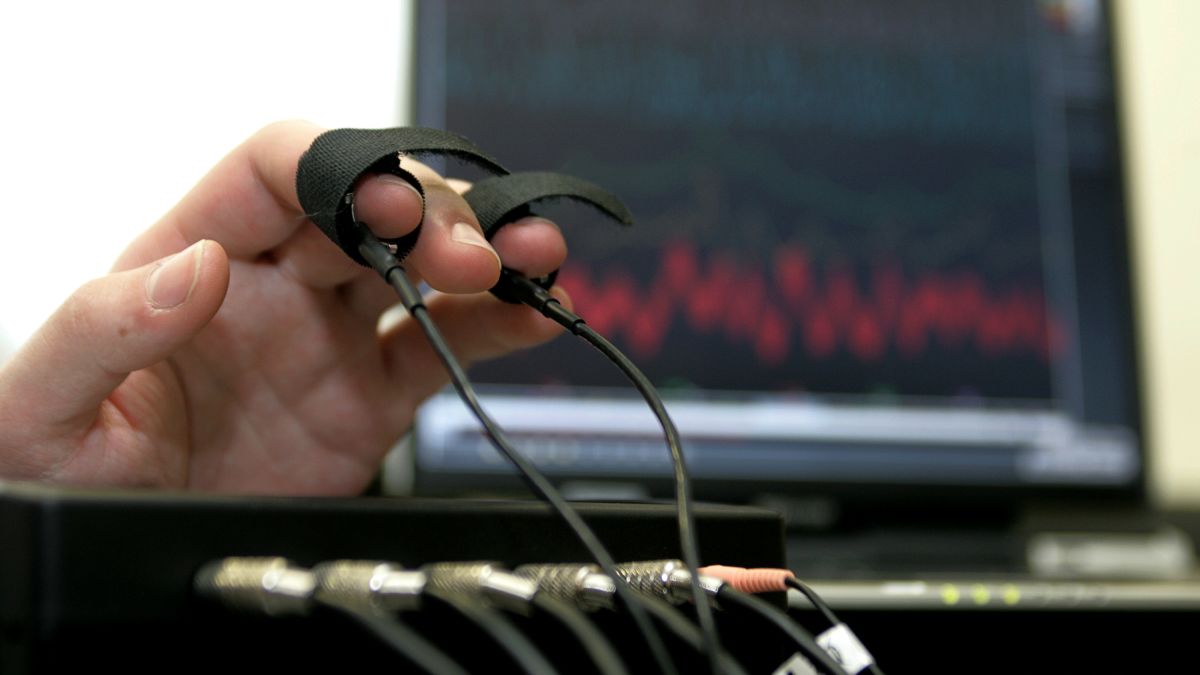
Commonly connected with court drama and crime investigations, lie detector tests have a lengthy and interesting background. Originally based on physiological measures, these tests have developed greatly over time to provide new technologies Lie Detector Test North Dakota that improve their dependability and usefulness in many different domains. Knowing this evolution helps us to evaluate truthfulness in contemporary culture.
The Start of the Polygraph
Developed in the early 20th century by John Augustus Larson, a medical student and police officer, the first lie detector—known as the polygraph—was While a subject answers questions, the polygraph gauges physiological reactions like heart rate, blood pressure, and breathing rate. The basic idea is that false responses cause stress reactions that produce detectable alterations in these physiological markers. Though law enforcement officials adopted the polygraph, its dependability has been hotly contested.
The Debate About Polygraph Testing

The polygraph has drawn criticism over its ethical connotations and accuracy, even if it is somewhat popular. Many professionals contend that different elements, like worry, fear, or medical issues, might affect physiological reactions and result in false positives or negatives. Furthermore, causing questions of consistency and bias is the subjective interpretation of data by examiners. These problems have driven academics and professionals to investigate several approaches to lie detection.
Technological Developments
Lie detection techniques have developed alongside technology. From conventional polygraph exams to more advanced technologies leveraging biometrics and artificial intelligence, modern methods have evolved. For example, functional magnetic resonance imaging (fMRI) tracks brain activity and can spot trends linked with dishonesty. This technique looks at blood flow in particular brain regions, therefore offering a more complex knowledge of the cognitive mechanisms underlying lying.
Lie Detection’s Prospect
Lie detection systems have evolved in response to the increasing need for more exact and dependable techniques. Integration of artificial intelligence into lie detection systems has significant potential as scientists keep investigating the complexity of human behaviour and dishonesty. AI can examine enormous volumes of data, identify trends, and raise lie detection procedure precision.
From the first days of the polygraph to the modern technologies, Lie Detector Test North Dakota examinations have evolved. Although conventional techniques have their restrictions, new ethical and precise ways of knowing truthfulness are being made possible by current technological developments. While we keep improving these methods, the search for accurate lie detection stays a crucial field of study with ramifications in many spheres, including law enforcement, security, and even personal relationships.








